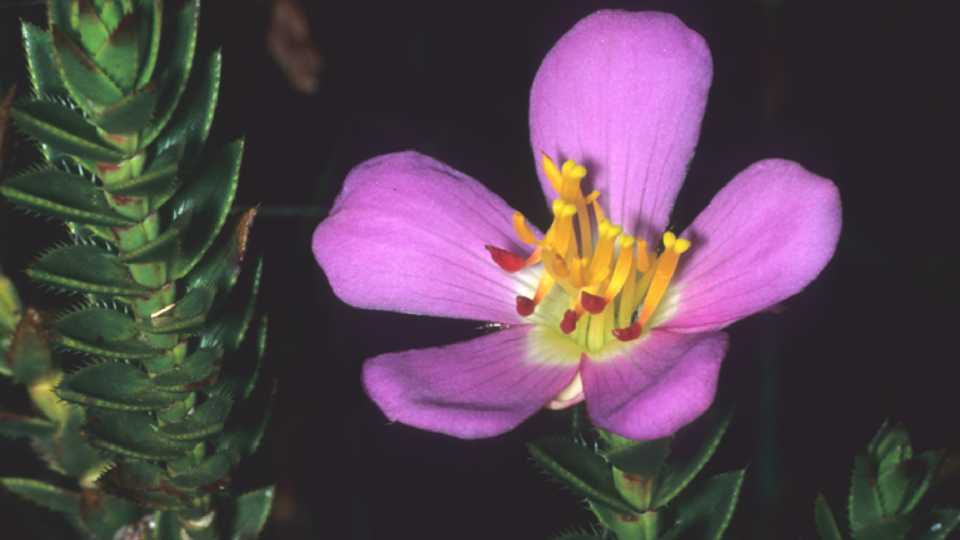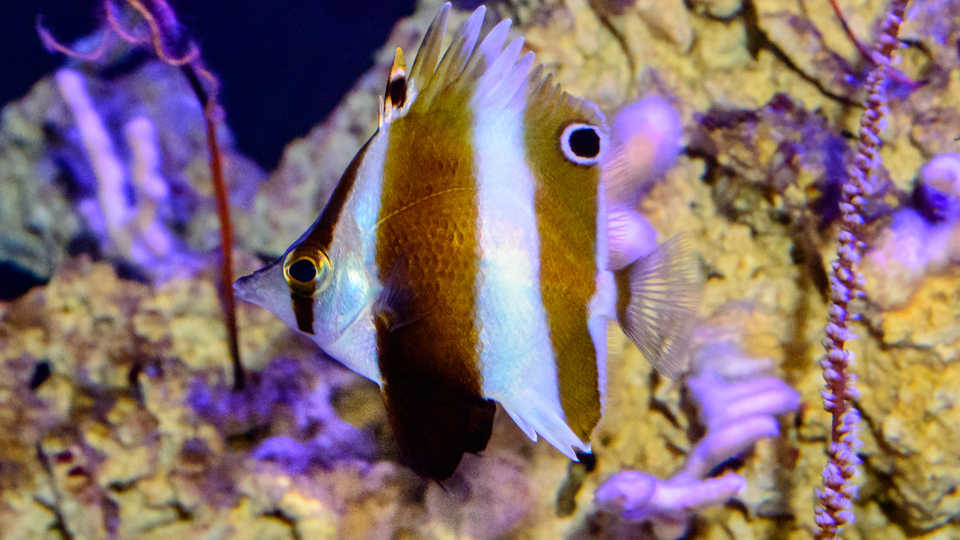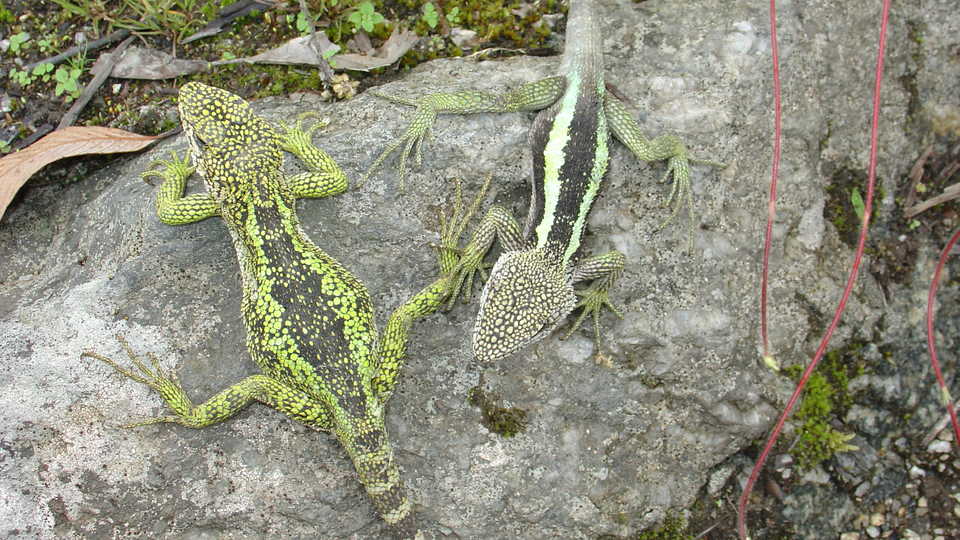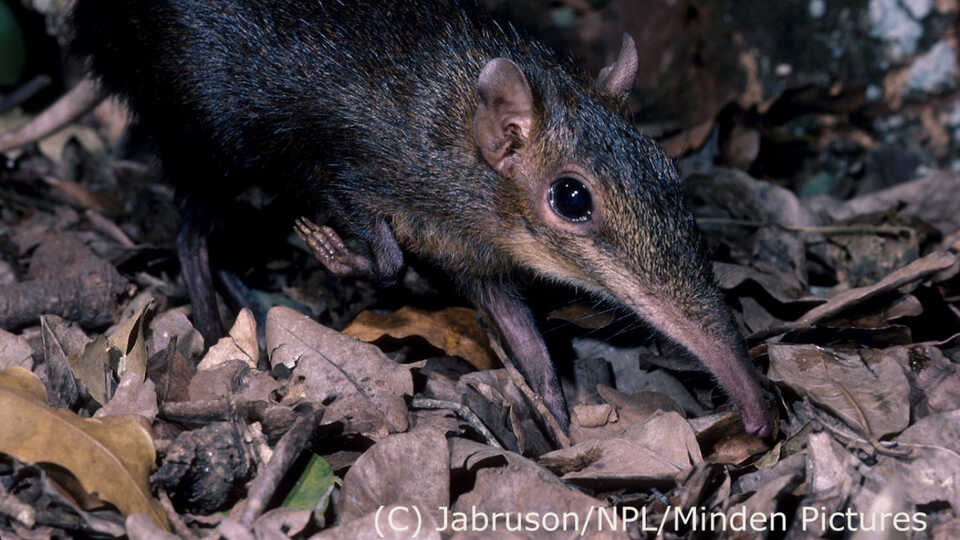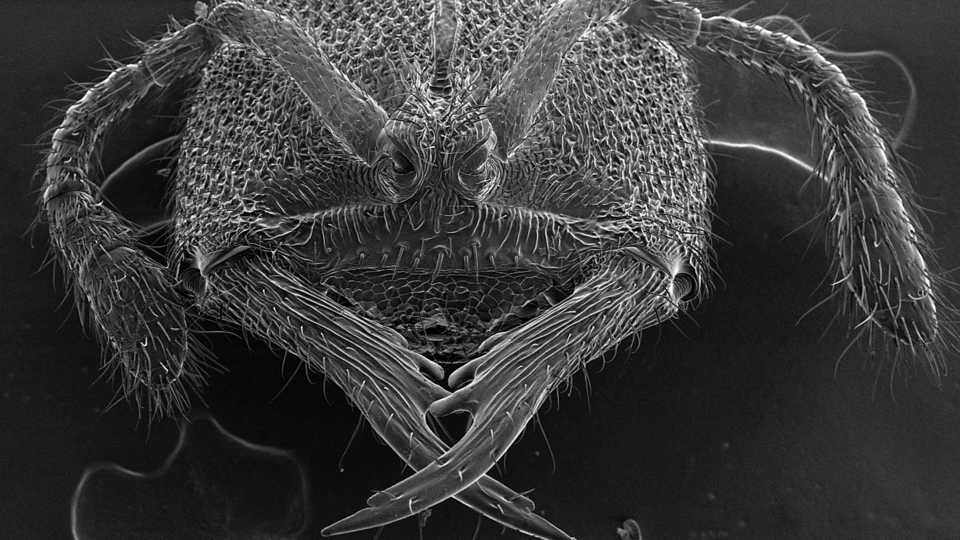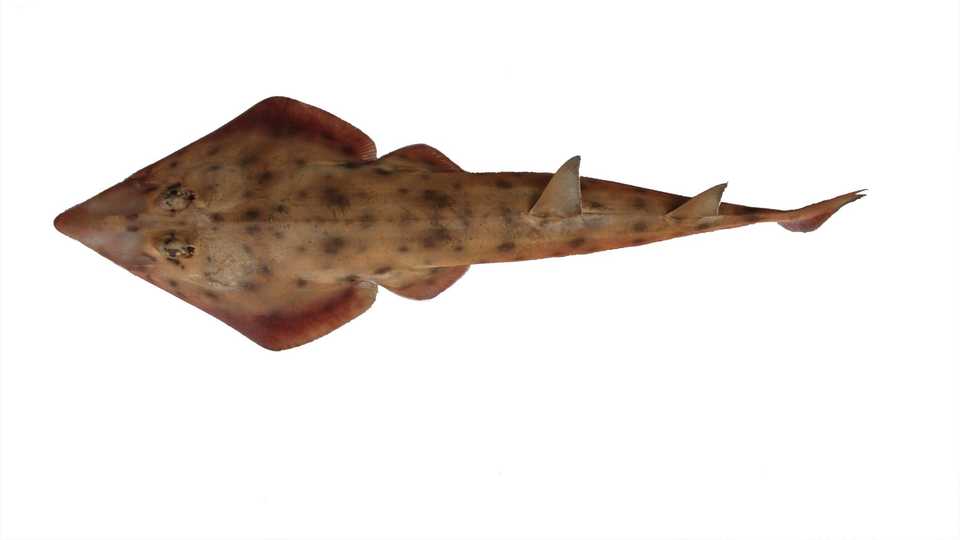The Institute for Biodiversity Science and Sustainability at the California Academy of Sciences is at the forefront of efforts to understand two of the most important topics of our time: the nature and sustainability of life on Earth. Based in San Francisco, the Institute is home to more than 100 world-class scientists, state-of-the-art facilities, and nearly 46 million scientific specimens from around the world. The Institute also leverages the expertise and efforts of more than 100 international Associates and 400 distinguished Fellows. Through expeditions around the globe, investigations in the lab, and analysis of vast biological datasets, the Institute’s scientists work to understand the evolution and interconnectedness of organisms and ecosystems, the threats they face around the world, and the most effective strategies for sustaining them into the future. Through innovative partnerships and public engagement initiatives, they also guide critical sustainability and conservation decisions worldwide, inspire and mentor the next generation of scientists, and foster responsible stewardship of our planet.
From fish to flowering plants and sea slugs to scorpions—spanning five continents and three oceans—these discoveries add to Earth’s tree of life.
SAN FRANCISCO (December 18, 2017) – In 2017, researchers at the California Academy of Sciences added 85 new plant and animal species to the family tree, enriching our understanding of Earth’s complex web of life and strengthening our ability to make informed conservation decisions. The new species include 16 flowering plants, one elephant-shrew, 10 sharks, 22 fish, three scorpions, seven ants, 13 nudibranchs, seven spiders, three wasps, one fossil sand dollar, one deepwater coral, and one lizard. More than a dozen Academy scientists—along with several dozen international collaborators—described the discoveries.
Proving that our planet contains unexplored places with never-before-recorded plants and animals, the scientists made their finds over five continents and three oceans, venturing into vast deserts, diving to extreme depths, and scouring rugged mountain ranges. Their results help advance the Academy's mission to explore, explain, and sustain life on Earth.
“Despite tireless efforts to explore from the far-flung corners of the globe to our backyard crannies,” says Dr. Shannon Bennett, Academy Chief of Science, “scientists estimate that more than 90 percent of species have yet to be discovered—with many going extinct before we even know they exist. We are not only losing members of the tree of life; we are also forfeiting potential breakthroughs in medicine, agricultural pollinators, water purifiers, and many other critical components of a healthy planet. Our understanding of sustainable ecosystems—and the diversity of species within them—will help us chart a successful way forward for the future of all life on Earth.”
Below are a few highlights from the 85 new species described by the Academy in 2017. For a full list of species and additional images, please contact press@calacademy.org.
Plateau princesses
Every spring, plants in the princess flower family color the rocky plateaus in Southeastern Brazil with flowers ranging from shades of purple, magenta, and pink to white, yellow, and orange. “The plants have evolved small, thick leaves to retain water during the dry season and a woody underground root for water storage and weathering periodic fires,” says emeritus curator of botany Dr. Frank Almeda. Lavoisiera canastrensis—one of several new species described this year—is critically endangered. This species is known from fewer than a dozen populations that grow on a single loaf-like mountaintop in Brazil’s Serra da Canastra National Park—their only known habitat on Earth.
Roa rumsfeldi from the twilight zone
A newly described species of brown-and-white, charismatic butterflyfish made a fantastic, 7,000-mile journey before surprising scientists with its unknown status. Live specimens collected from 360 feet beneath the ocean’s surface in the Philippine’s Verde Island Passage escaped special notice until a single black fin spine tipped off aquarium biologists back in San Francisco. “We named this reef fish Roa rumsfeldi because, as Donald Rumsfeld once said, some things are truly ‘unknown unknowns,’” says senior author Dr. Luiz Rocha, Academy curator of ichthyology and co-leader of its Hope for Reefs initiative to research, explore, and sustain global reefs. Roa rumsfeldi joins 21 other fish, including a catfish from China (described by Senior Collections Manager David Catania and Academy research associate Dr. William Poly) and twenty new reef fish (described by Academy research associate Dr. Mark Erdmann, also of Conservation International).
Sea slugs galore
Academy curator of invertebrate zoology Dr. Terry Gosliner has discovered one thousand species of sea slugs (and counting)—over half of all species known to science—and this year he formally describes 13 of his finds. Eight of the new species were described from the Philippines and are members of the bat-wing family. Unlike most sea slugs, they are capable of swimming. “They have tiny ‘wings’ on the side that they flap to move through the water,” says Gosliner. He named one species Siphopteron dumbo given its resemblance to the famed flying elephant.
Three new species join the club-tailed scorpions
A painstaking revision of a large group of Neotropical “club-tailed” scorpions led to three new descriptions of colorful species (and two new groups) hailing from the tropical regions of North, Central, and South America. “One wild thing about this group is that many species have the unique ability to make sounds by rubbing a specialized comb-like structure against their sandpaper-like abdomen,” says arachnology curator Dr. Lauren Esposito. She says the warning is audible to the human ear, “sounding like a hiss, or a maraca shaking,” and is likely a loud way to tell predators: back off.
Meet night blooms, where bats loom
For one month out of the year, a rare flowering tree in the Oaxaca region of Mexico opens creamy white blooms around mid-afternoon. Hummingbirds visit until the light fades, and at dusk, bats arrive to pollinate throughout the night. By dawn, the flowers have dropped and the tree—recently named Louteridium dendropilosum by emeritus botany curator Dr. Tom Daniel—is already preparing a fresh set of blooms for the next afternoon.
Welcome back to an elephant-shrew
In a triumphant return, Academy scientists elevated a subspecies of elephant-shrew known as Rhynchocyon stuhlmanni back to its original full species status. These small mammals are more closely related to elephants, sea cows, and aardvarks than to true shrews. “Understanding the evolutionary relationships among elephant-shrews has proven particularly challenging given they have relatively few differentiating physical traits,” says co-author and mammalogy curator Dr. Jack Dumbacher. “Cutting-edge genetic tools paired with preserved museum specimens has greatly aided in our ability to make modern discoveries.”
Ants come marching one by (seven)
This year seven new species of ants join the tree of life in their march toward global domination. (Ants rival humans having colonized almost every landmass on Earth.) One new species, collected in Taiwan, was described from the Stigmatomma genus of Dracula ants infamous for drinking the blood of their larvae. “Members of this cryptic group are rarely collected,” says postdoctoral researcher Dr. Flavia Esteves. “It’s an exciting new species to describe since it spends the entirety of its life beneath the soil or inside rotten logs.” Entomology curator Dr. Brian Fisher has uncovered numerous Dracula ants in Madagascar, where he opened the nation's first biodiversity center and has spent two decades researching insect diversity. This year he discovered an additional six species from the island, increasing his impressive career tally to over 1,000 new ant finds.
Ghost sharks revealed
From “Austin’s guitarfish” to the “Long-nosed African spurdog,” many recently described species of sharks sound like cartoon characters from a faraway world. Indeed, several new finds from the ghost shark group are “rarely encountered because they inhabit great depths of over 7,000 feet,” says ichthyology research associate Dr. David Ebert, who tallied ten new species of sharks and rays this year. “However, as commercial fisheries move into deeper waters these species are being discovered and described at a higher rate than ever.”
Shapes of the deep
In a 2011 deepwater exploration of the Philippines’ Verde Island Passage—the “center of the center” of marine biodiversity—a beam trawl drew an octocoral from over 1,000 feet beneath the surface. (Octocorals are distinguished from other corals by the eight tentacles on their polyps.) But it would take close inspection to confirm the denizen of the deep as a new-to-science find. “By using an electron microscope, I was able to pinpoint a distinguishing feature—tiny mineralized structures known as spicules that are common to all octocorals were markedly rectangular in shape,” says octocoral expert and invertebrate zoology curator Dr. Gary Williams, who formally described the species as Grasshoffia profundica (which means deep) this year.
Peaceful wolf spiders
Emeritus curator Dr. Charles Griswold and his team described seven new spiders this year, and two are named in honor of peace. Devendra saama and Devendra amaiti are false wolf spiders that skitter across their only known home in the southern highlands of Sri Lanka. Both names mean peace in the prominent languages of the nation—Sinhalese and Tamil—and were chosen “to express our gratitude that the 26-year civil war has ended and our hope that Sri Lanka continues to live in harmony,” says Griswold.
Press Contacts
If you are a journalist and would like to receive Academy press releases please contact press@calacademy.org.
Digital Assets
Hi-res and low-res image downloads are available for editorial use. Contact us at press@calacademy.org to request access.
